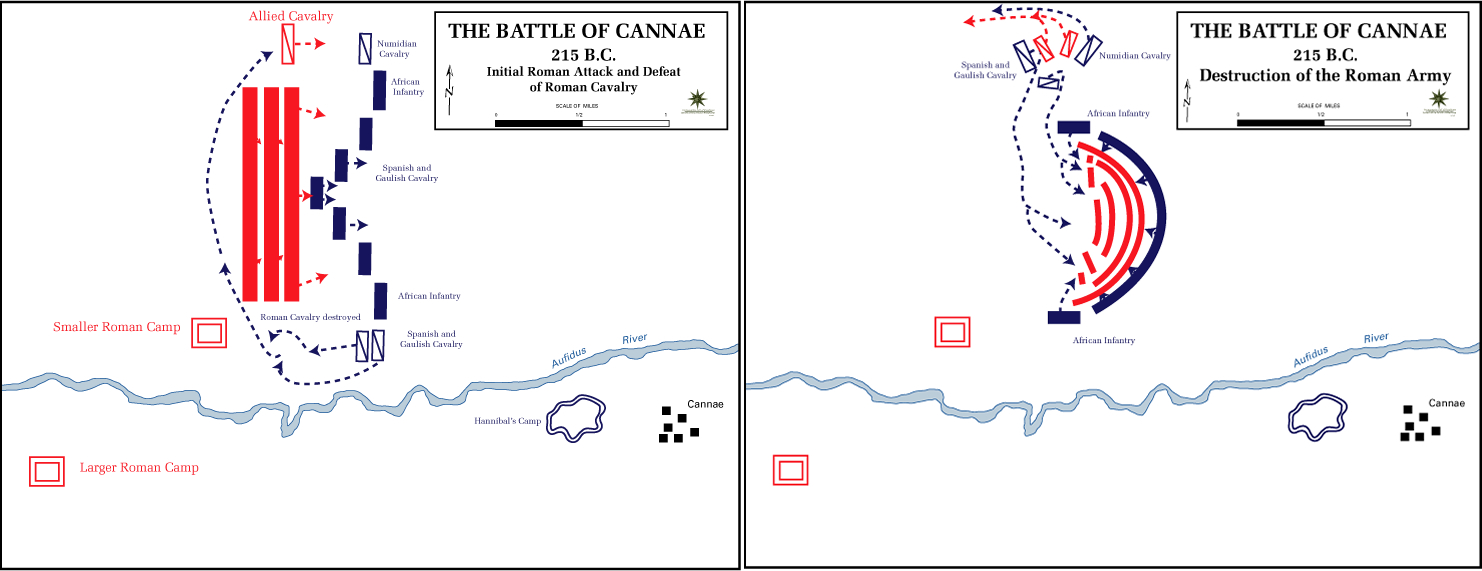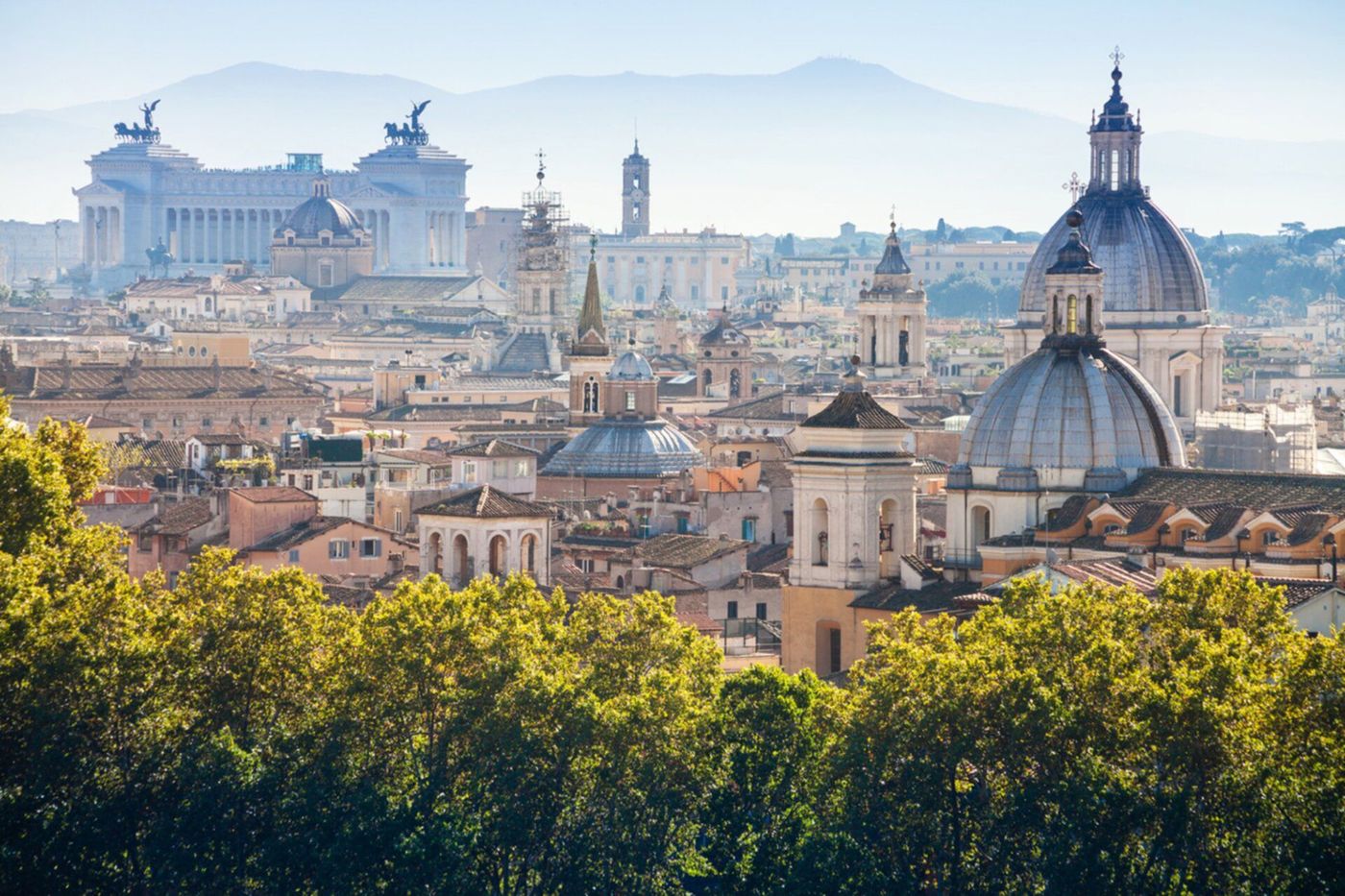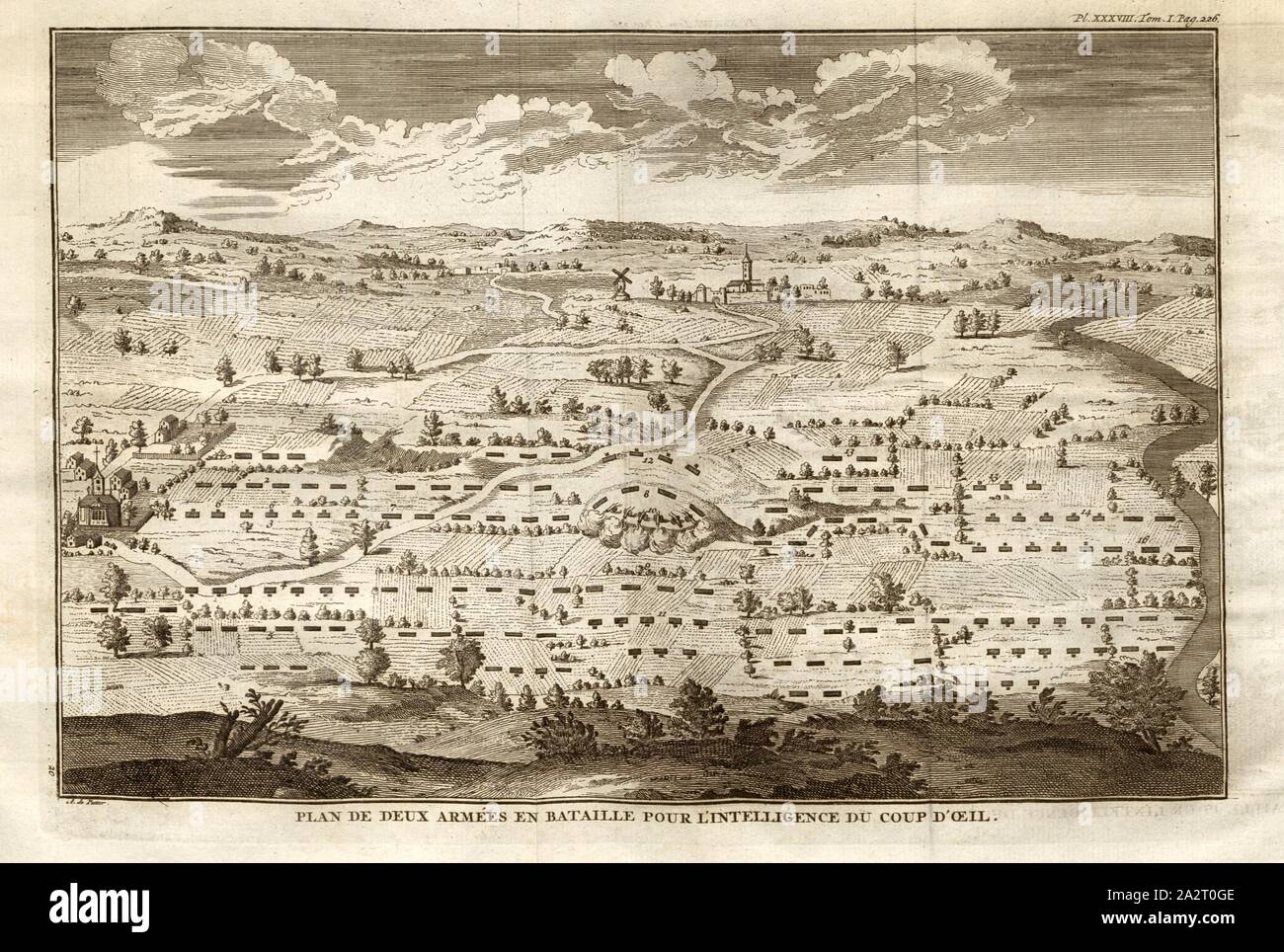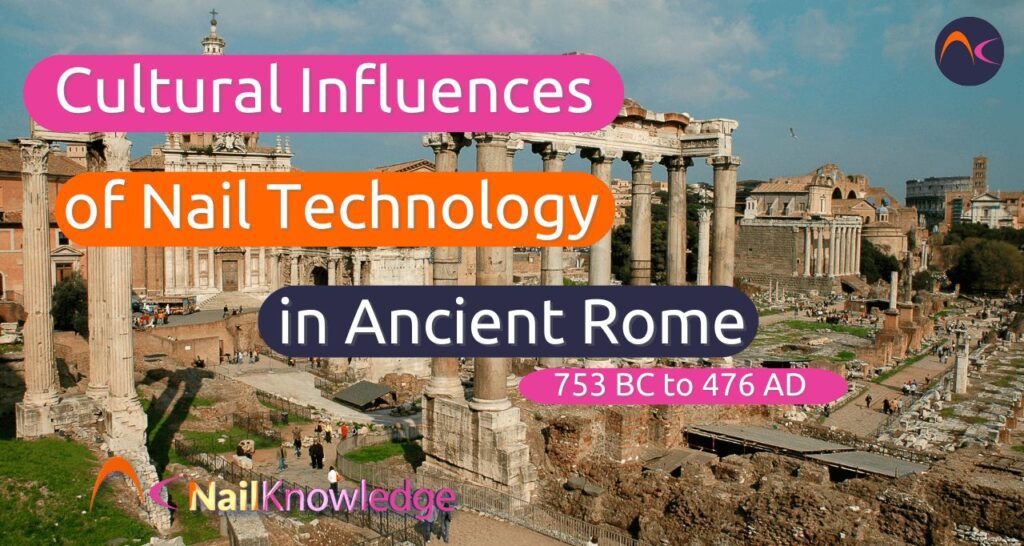The Legacy of Hannibal: Carthage's Great General
The life of Hannibal Barca, one of history's most esteemed military tacticians, remains a captivating study of strategic brilliance and unyielding resolve. Often regarded as one of the greatest generals in antiquity, Hannibal's enthusing journey from Carthage to the battlefields of Italy marked a transformative era in the annals of warfare. This narrative delves into his early life, rise to power, and his legendary campaign against Rome.
Early Life and Rise to Generalship
Hannibal was born into the distinguished Barca family around 247 BCE in the North African city of Carthage, which is today part of modern Tunisia. His family name, "Barca," means "thunderbolt," and they lived up to it, being known as influential leaders and warriors. Hannibal's father, Hamilcar Barca, was a leading general during the First Punic War against Rome, a conflict that did not end favorably for Carthage. Hamilcar, keen on preparing his son for future challenges, instilled in him from an early age a profound hatred for Rome, which he would carry throughout his life.
Legend has it that Hannibal swore an oath of eternal enmity against Rome at the age of nine, a commitment that shaped his childhood and destiny. He accompanied his father on military campaigns, gaining firsthand experience of warfare and the complexities of military strategy. After Hamilcar's untimely death, leadership passed to Hannibal's brother-in-law, Hasdrubal the Fair. Upon Hasdrubal's assassination in 221 BCE, the Carthaginian Senate appointed Hannibal as commander of Carthage's main army in Iberia (modern-day Spain).
The Second Punic War and the Crossing of the Alps
The stage was set for the Second Punic War between Rome and Carthage in 218 BCE, with Hannibal determined to challenge Rome's growing supremacy. To this day, his tactics and strategies during the war are studied extensively in military academies around the world, and none more so than his audacious crossing of the Alps.
Hannibal's decision to march his army from Iberia over the Pyrenees, through the harsh and forbidding terrain of the Alps, and into Italy, remains one of the most celebrated feats in military history. With an army of around 40,000 soldiers, including infantry, cavalry, and war elephants, Hannibal embarked on this perilous journey against incredible odds.
The challenges faced during the crossing were immense. Harsh weather conditions, icy paths, hostile local tribes, and the treacherous mountain terrain tested Hannibal's resolve and leadership. Despite losing nearly half of his men and most of his elephants by the time he reached Italy, his successful crossing demonstrated his extraordinary strategic acumen.
Hannibal's Victories in Italy
Once in Italy, Hannibal began a series of military campaigns that displayed both his tactical brilliance and his capacity to adapt his strategies to different combat situations. His army moved swiftly across the Italian Peninsula, ready to strike at the heart of Roman power.
The Battle of Trebia in 218 BCE marked Hannibal's first significant victory on Italian soil. By exploiting the geography of the battlefield and executing a surprise flanking maneuver, Hannibal decimated the Roman forces. This was followed by another victory at Lake Trasimene in 217 BCE, where Hannibal executed one of the largest ambushes in military history. With clever use of the fog and terrain, Hannibal orchestrated a complete rout of the Roman army, inflicting heavy casualties and further enhancing his reputation as a master tactician.
Perhaps his most famous triumph came at the Battle of Cannae in 216 BCE, where Hannibal achieved a double envelopment – a tactical masterpiece that saw his smaller force annihilate a Roman army twice its size. The Roman losses at Cannae were staggering, with tens of thousands killed or captured. This victory sent shockwaves across the Roman Republic and secured Hannibal's place as a military genius.
Despite these victories, Hannibal's ultimate goal of capturing Rome would prove elusive. His tactics and battlefield prowess continued to threaten Roman dominance, but securing the strategic and political means to topple the mighty Republic required more than battlefield victories.
The early chapters of Hannibal's life and his initial campaigns against Rome illustrate a vivid picture of his unyielding determination and the depth of his strategic mind. Yet his journey was far from over, and his legendary struggle against Rome continued, engraving his name deeply within the pages of history.
The Strategic Stalemate and Challenges of Resourcefulness
Despite his astounding victories on the battlefield, Hannibal faced a significant challenge that would eventually compromise his campaign—the inability to secure sufficient resources and reinforcements. Following the triumph at Cannae, several Italian city-states, demoralized by their losses to the Carthaginian general, defected to Hannibal's side. However, the core of Roman resistance remained staunch, anchored by Rome's unparalleled diplomatic and organizational skills.
Rome, realizing the gravity of Hannibal's threat, opted for a strategy of attrition rather than direct engagement. Under the command of the Roman general Fabius Maximus, they pursued a policy of avoiding large-scale battles, instead focusing on harassing Hannibal’s forces, cutting supply lines, and fortifying alliances with strategically important regions. Dubbed the “Fabian strategy,” this approach sought to wear down Hannibal’s army over time—a strategy that proved frustratingly effective.
Hannibal’s plea for reinforcements from Carthage fell on deaf ears to a large extent due to political sensitivities and limited resources back home. Without sufficient reinforcements and funding, Hannibal's campaign, while initially stunning, began to lose its momentum. The lack of siege equipment and reinforcements rendered Hannibal unable to make a direct assault on Rome itself. The promise of intervention from Carthaginian support across the Mediterranean remained largely unfulfilled, hampering his strategic goals.
The War in Different Theaters and the Role of Alliances
Meanwhile, Rome was not idle. While engaging Hannibal in Italy with the war of attrition, Roman generals fought vigorously on other fronts. Notably, the Roman forces targeted Carthaginian holdings in Iberia with the aim of severing Hannibal's supply lines from his base. The successes of brothers Gnaeus and Publius Scipio in the Iberian Peninsula played crucial roles. Their strategy effectively isolated Hannibal from additional resources through a series of tactical victories, demonstrating Rome's ability to adapt and exploit multiple theaters of war.
Rome’s third front was Sicily, with its control pivotal to grain supplies. The first measure was to secure Roman loyalty in the vital port city of Syracuse, which posed a potential threat due to its strategic location. Roman control of sea routes curtailed Hannibal's options for reinforcements and posed logistical challenges.
Alliances also played a pivotal role throughout the war. Roman diplomacy, characterized by securing loyalty both locally and in outlying regions, significantly strengthened its position. Locally, the staunch support of the Latin allies helped Rome weather the storm. Despite Hannibal's efforts to win them over or foment rebellion, the Roman Senate's adept handling of politics and negotiation yielded dividends, maintaining a stable coalition in central Italy.
The Turning Point: Battles of Metaurus and Zama
The Roman counter-campaign came to a head with two decisive battles—Metaurus in 207 BCE and Zama in 202 BCE.
The Battle of the Metaurus river marked a critical turning point. Hannibal's brother, Hasdrubal Barca, embarked on a daring challenge to bring reinforcements into Italy, mirroring his brother's earlier crossing of the Alps. However, Roman forces under the command of Gaius Claudius Nero and Marcus Livius Salinator intercepted Hasdrubal’s troops at the Metaurus River. Decisively, the Romans defeated and killed Hasdrubal, preventing the much-needed reinforcements from reaching Hannibal. This victory bolstered Roman morale and decisively disrupted Hannibal's strategic calculus, effectively isolating him in southern Italy.
The final blow came at the Battle of Zama, which concluded the Second Punic War. This engagement saw the Roman commander Scipio Africanus face off against Hannibal in North Africa. Demonstrating a thorough understanding of Hannibal's tactics, Scipio countered Carthaginian battle strategies effectively. By neutralizing the threat of Hannibal’s war elephants and executing innovative cavalry maneuvers, Scipio secured a Roman victory and established himself as a commander of strategic brilliance.
Hannibal’s defeat at Zama ended his campaign against Rome convincingly and heralded the ascendancy of Roman dominance in the Western Mediterranean. Two great rivals—Hannibal and Scipio—had faced off; in the ultimate resolution of a war that had seen extraordinary tactical innovations and legends formed, Rome triumphantly asserted its power.
Reflecting on Hannibal's Military Legacy
Although ultimately unsuccessful in his bid to break Roman power, Hannibal's enduring legacy as a military commander is beyond dispute. His innovative battlefield tactics, especially during engagements like Cannae, continue to influence modern military thinking. Military academies worldwide study his tactics, and leaders across the globe hold his strategies in reverence, not just for their audacity but for their adaptability and insightful execution.
Hannibal's prowess left a lasting imprint on Roman military reform as well. The necessity of defeating such a formidable opponent catalyzed significant changes in Roman military organization and tactics, reinforcing the Republic’s martial might and strategic ingenuity for generations to come.
Hannibal’s story is not merely one of conflict. It embodies a broader narrative of resilience against the odds, the interplay of diplomacy and warfare, and the intricate dynamics of a turbulent Mediterranean world. The full implications of his life and campaigns echo through history, inviting continuous reflection and admiration.
The Aftermath and Hannibal’s Later Years
Following his defeat at the Battle of Zama, Hannibal’s fortunes took a dramatic turn. The terms of peace imposed by Rome were stringent, stripping Carthage of its overseas territories, reducing its naval capacity, and demanding hefty reparations. Despite these setbacks, Hannibal's role in Carthaginian politics was not yet over. Remarkably, he was appointed as a suffete, or chief magistrate, where he focused on reforming the political and financial structures of Carthage—a testament to his leadership and the respect he commanded despite his military defeat.
As suffete, Hannibal implemented measures to revitalize Carthage’s economy and reduce corruption, positioning the city-state for prosperity under the new order dictated by Rome. However, his domestic enemies, unnerved by his influence and possibly eager to curry favor with Rome, accused him of conspiring with Antiochus III of the Seleucid Empire, another rival of Rome. Facing renewed hostility, Hannibal fled into voluntary exile around 195 BCE to escape capture by Roman forces increasingly intent on apprehending him.
Exile and Allegiances in the Hellenistic World
Hannibal’s journey during exile took him across much of the Hellenistic world, where he continued to wield influence, albeit in a different capacity. He first sought refuge at the court of Antiochus III in Syria, where he served as a military advisor. The possibility of an alliance with Antiochus against Rome seemed promising, but their joint efforts proved ultimately unfruitful against Roman power.
Nevertheless, Hannibal’s strategic counsel was still in demand. He later found sanctuary in the Kingdom of Bithynia, serving their king, Prusias I. His presence in Bithynia was emblematic of his enduring reputation for strategic brilliance, as various small kingdoms sought his expertise against their foes, including against Rome's allies.
It was during his time in Bithynia that Hannibal’s foes finally caught up with him. In 183 BCE, cornered by Roman envoys and Bithynian betrayal, Hannibal chose to escape capture through suicide. In his final moments, he reportedly remarked, "Let us relieve the Romans of their long anxiety, since they think it long to wait for the death of an old man." His death marked the end of an era—a poignant closure to the life of one of history’s most indomitable figures.
The Continuing Impact of Hannibal’s Legacy
Hannibal's life and campaigns profoundly affected both Carthaginian and Roman societies. Carthage, although diminished militarily, experienced a brief resurgence economically, thanks to the reforms Hannibal implemented. However, this revival was not to last, as Carthage would later face destruction in the Third Punic War.
For Rome, the encounters with Hannibal prompted significant military reforms. The Republic became keenly aware of the need for adaptable tactics and diversified forces, incorporating lessons learned from Hannibal's maneuvers. This understanding paved the way for Rome's transformation into an empire with a war machine unparalleled in the ancient world.
Moreover, Hannibal's legend would endure in cultural memory. Revered and feared, his story transcended mere military discourse, embedding itself in art, literature, and folklore as a symbol of relentless ambition and strategic mastery. His ability to inspire both loyalty among his own men and awe among his enemies underscored a charismatic leadership that remains a subject of fascination.
Assessing Hannibal’s Place in History
The narrative of Hannibal is more than a chronicle of battles lost and won; it is an exploration of a particular brand of genius that flourishes even amidst adversity. His campaigns serve as primary examples of the art of war during the ancient period—highlighting how ingenuity and audacity can yield remarkable successes against seemingly insurmountable odds.
Modern strategic thought frequently looks back to Hannibal’s maneuvers, lauding both his adaptive battlefield tactics and his ability to leverage minimal resources effectively. As a historical figure, he exemplifies the complex interactions between military skill, political maneuvering, and the broader forces of history.
Through his confrontations with Rome and his subsequent role on the global stage of the Hellenistic world, Hannibal’s legacy remains a reminder of the enduring nature of strategic mastery. His story is a testament to the timeless principles of warfare and diplomacy, continuing to provide insights into leadership and strategy for contemporaries and descendants alike. In reflecting upon his life, history stands enriched by his remarkable saga, continuously inviting admiration and critical study for generations to come.










Comments